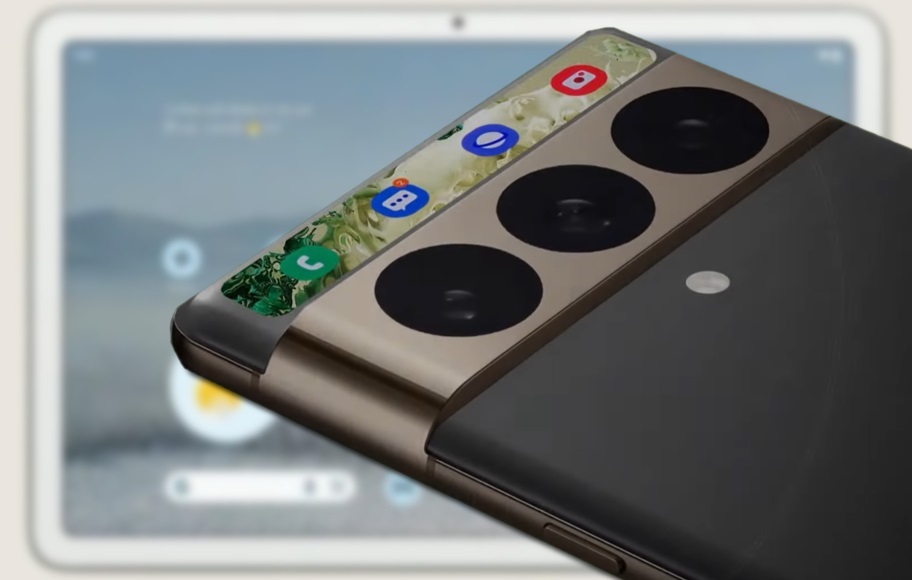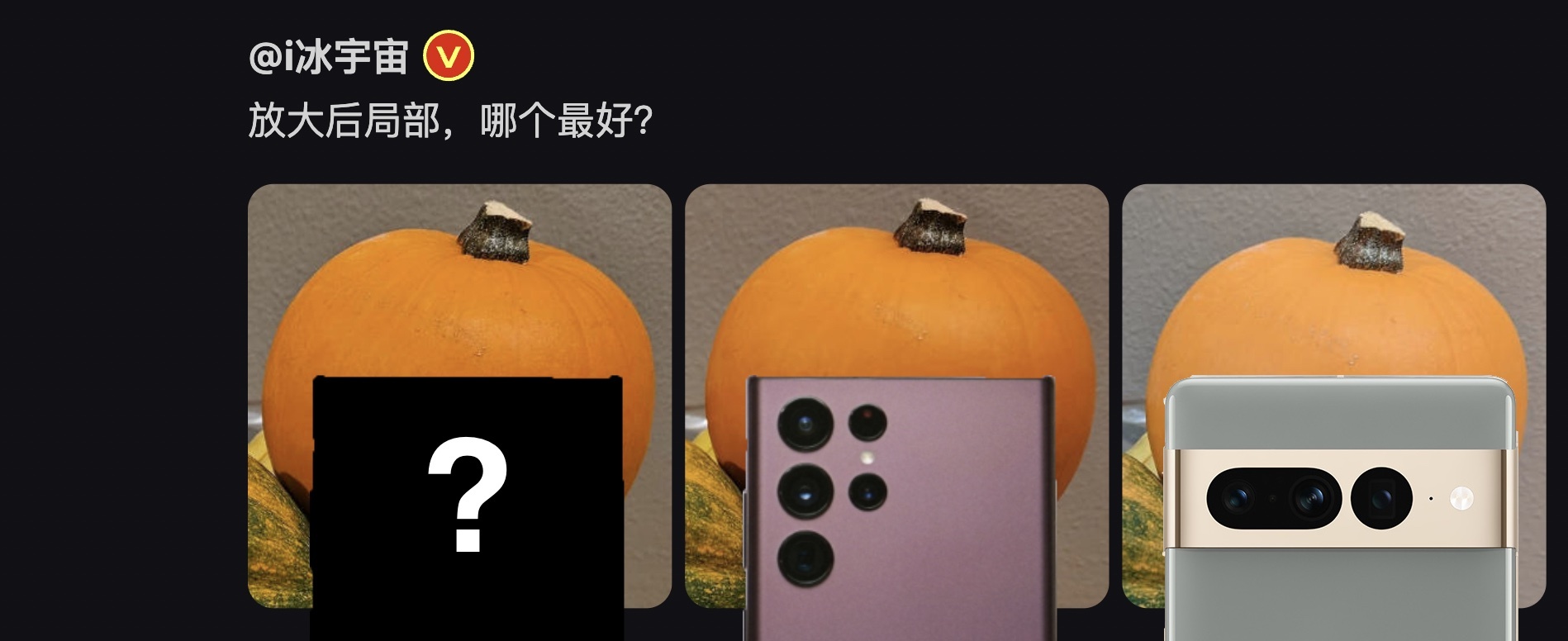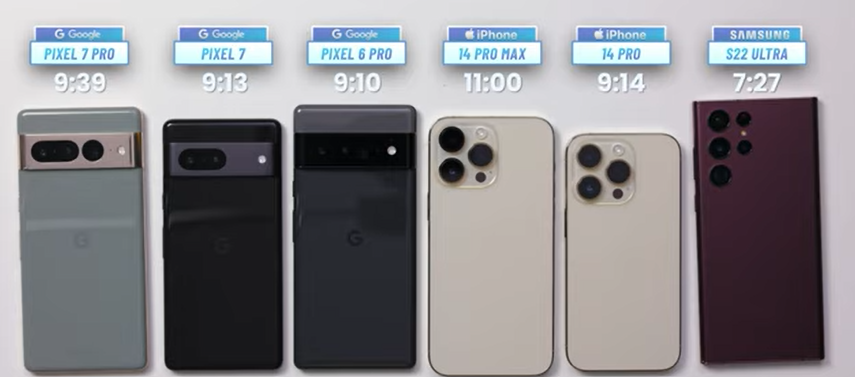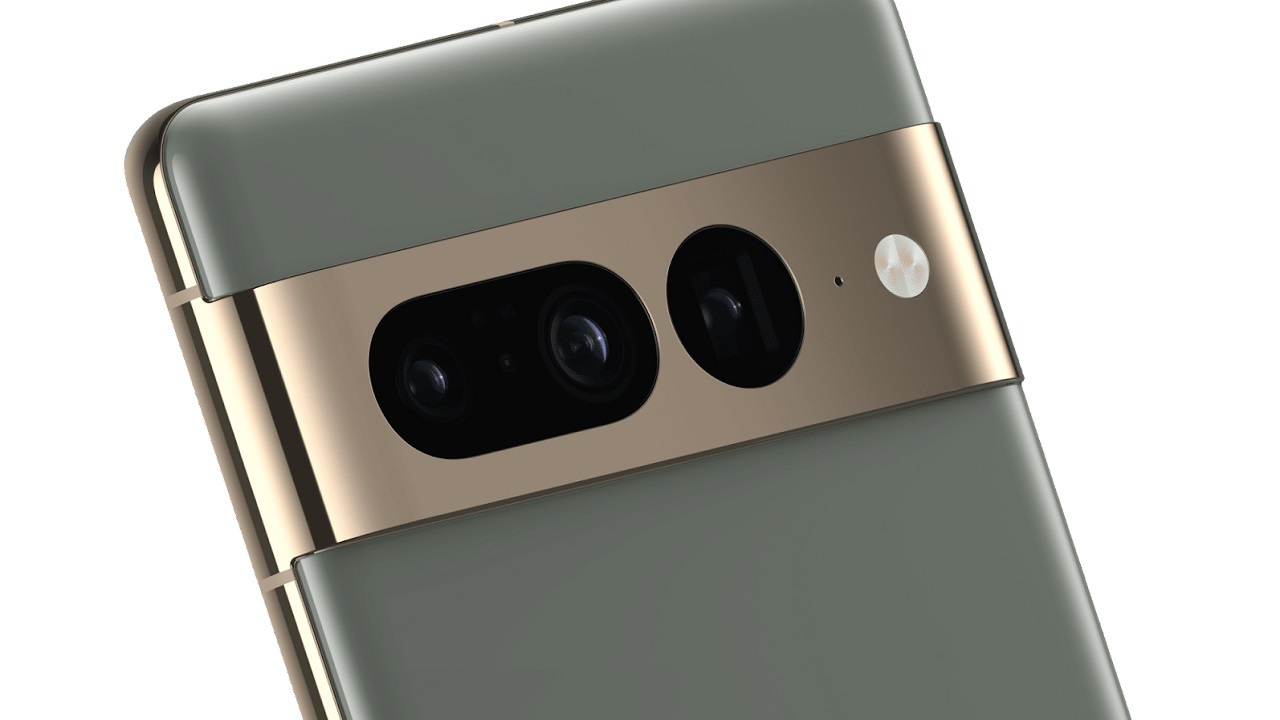
Image: Google Today, Google announced its newest Pixel smartphones at the company's Made by Google event: the Pixel 9, Pixel 9 Pro, Pixel 9 Pro XL, and the Pixel 9 Pro Fold. The Pixel line has historically pushed the limits of mobile photography by leveraging computational photography solutions, like HDR+ and Night Sight, to raise the bar for smartphone image quality.
The Pixel 9 series continues this tradition but also includes new features made possible by AI technology.
The Pixel 9 series at a glance:
Pixel 9
Pixel 9 Pro
Pixel 9 Pro XL
Pixel 9 Pro Fold
Screen size
6. 3" (15. 8cm)
6. 3" (15. 8cm)
6. 8" (17. 3cm)
8" (20. 3cm)
Main (wide) camera
50MP, F1. 68
25mm equiv.
50MP, F1. 68
25mm equiv.
50MP, F1. 68
25mm equiv.
48MP, F1. 7
25mm equiv
Ultra-wide camera
48MP, F1. 7
12mm equiv.
48MP, F1. 7
12mm equiv.
48MP, F1. 7
12mm equiv.
10. 5MP, F2. 2
11mm equiv.
Telephoto camera
48MP, F2. 8
105mm equiv.
48MP, F2. 8
105mm equiv.
10. 8MP, F3. 1
105mm equiv.
Starting price
$799
$999
$1099
$1799
All four Pixel 9 models make extensive use of AI, not only for photo and video but for things like Google's integrated Gemini AI technology. In this overview, we'll focus primarily on camera hardware and imaging technology.
Pixel 9 Pro
Images: Google
For the first time, the Pixel 9 Pro will be available in two sizes: the Pixel 9 Pro features a 6. 3" screen, while the Pixel Pro 9 XL employs a larger 6. 8" screen. Google claims the Super Actua OLED displays are the best yet on a Pixel device, maintaining high pixel densities (495 and 486 PPI, respectively) while measuring up to 15% thinner and sporting a peak brightness of 3000 nits. Aside from different screen sizes, the Pixel 9 Pro and Pixel 9 Pro XL are based on identical hardware.
The Pixel 9 Pros include a triple rear camera system. The main (wide) camera is built around a 50 MP Type 1/1. 31 (9. 8 x 7. 35mm) sensor with a 25mm equivalent F1. 68 lens, similar to the main camera on the Pixel 8 Pro. The 0. 5x ultra-wide camera, which also supports macro shooting, uses a 48MP Type 1/2. 55 sensor (5. 6 x 4. 2mm), which is a bit smaller than the ultra-wide sensor on the Pixel 8 Pro, but its faster F1. 7 aperture makes up for the difference. Meanwhile, the 5x telephoto camera utilizes a 48MP type 1/2. 55 (5. 6 x 4. 2mm) sensor with an F2. 8 lens, the same as the Pixel Pro 8. The wide and ultra-wide cameras include optical and digital image stabilization.
Google claims the three cameras can deliver "optical quality" results at five different focal lengths (0. 5x, 1x, 2x, 5x, 10x) thanks to multi-camera mosaicing. Like the Pixel 8 Pro, the new models include multi-zone LDAF (laser detect autofocus) for better focus in low-light conditions.
The Pixel 9 Pro and Pixel 9 Pro XL have a triple rear camera system with wide, ultra-wide and telephoto lenses.
Image: Google
For selfies, the front-facing camera now uses a 42MP sensor, up from 10. 5MP on the 8 Pro, and features an expanded 103° FOV (approximately 17mm equivalent). Google says the new selfie camera improves light sensitivity by up to 30%.
The Pro models also provide access to Google's pro camera controls, including focus, shutter speed and ISO settings.
The Pixel 9 Pros can capture video at up to 4K/60p, but Google says it will be possible to upscale this to 8K/30p using its enhanced Video Boost mode, which re-processes video clips in the cloud using Google's servers. In addition, the new models include Dual Exposure on the wide cameras for improved HDR footage, improved Night Sight video, and Google's Super Res Zoom, which allows extended zooming in video for the first time.
Hardware upgrades include Google's Tensor G4 processor and 16GB of RAM, up from 12GB on the 8 Pro, which should help support the phone's AI features. With fast charging, Google claims the battery can be charged to 70% in 30 minutes.
The Pixel 9 Pro starts at $999, the same price as the Pixel 8 Pro, and the Pixel 9 Pro XL starts at $1099. Both Pixel 9 Pro models include seven years of OS and security updates and a free year of the Google One AI Premium plan, which supports enhanced AI functionality and includes 2TB of online storage.
Buy now:
$999 at Amazon. comPixel 9
Images: Google
The Pixel 9 shares the same dimensions as the Pixel 9 Pro, including its 6. 3" display. However, it uses Google's Actua display rather than the Super Actua display found on the Pro. Google claims the new display is 35% brighter than the Pixel 8, with a peak brightness of 2700 nits.
Like its predecessor, the Pixel 9 includes a dual rear camera system, foregoing the telephoto lens. It utilizes the same 50MP main camera and 48MP ultra-wide cameras found on the Pixel 9 Pro, improving on the 12MP ultra-wide camera used in the Pixel 8. It also includes single-zone LDAF for low-light focusing. Like the Pixel Pro 9, the main camera includes optical and digital image stabilization. Additionally, it supports Super Res Zoom up to 8x and claims "optical quality" results up to a 2x zoom.
The Pixel 9 inherits the 10. 5MP selfie camera found on the Pixel 8 Pro, and gains autofocus for sharper selfies.
Like the Pro models, the Pixel 9 includes Google's new Tensor G4 processor. It has 12GB of RAM, a 50% increase. Google says the phone achieves 20% longer battery life than its predecessor and can run up to 100 hours when using Extreme Battery Saver mode. According to Google, it can charge 55% in about 30 minutes.
The Pixel 9 starts at $799 and includes seven years of OS and security updates.
Buy now:
$799 at Amazon. comPixel 9 Pro Fold
Image: Google
Google claims the Pixel 9 Pro Fold is the "thinnest foldable" smartphone available and that its 8" screen is the largest display on a smartphone. It says the new main display is 80% brighter than the original Pixel Fold, though it reuses the same 6. 3" outer screen as the original Pixel Fold. It includes a new hinge that opens flat.
As its 'Pro' name would imply, the Pixel 9 Pro Fold includes a triple camera system. However, it's not the same camera system found on the Pixel 9 Pro models. The main camera uses a 48MP sensor with a 25mm equivalent lens and an F1. 7 aperture. The ultra-wide camera utilizes a 10. 5MP sensor with an 11mm equivalent lens, and the telephoto camera uses a 10. 8MP sensor with 5x optical zoom, supporting up to 20x Super Res Zoom.
The Pixel 9 Pro Fold takes advantage of its rear screen to enable some useful photography features. It allows users to use the devices rear camera for shooting selfies, resulting in better image quality, and its Dual Display feature lets both photographer and subject see what a photo will look like.
The Made You Look feature puts an animated picture on the phone's rear screen to help hold the attention of children when taking photos.
Image: Google
There's also a feature called Made You Look, which is designed to make photographing young children easier. It displays an animated figure on the rear screen to hold a child's attention while you take their photo.
The Pixel 9 Pro Fold starts at $1799.
Buy now:
$1799 at Amazon. comNew photo features
It's not surprising that many of the Pixel 9 series' new photo features are based on AI technology.
Magic Editor
Last year, Google introduced its Magic Editor feature, which enabled users to do things like remove subjects or change the sky. Now, it has added a couple more AI tricks.
Autoframe does more or less what it sounds like: It allows the phone to reframe your photo and suggest the best crop. However, in addition to being able to crop in, Autoframe can also expand an image's crop to include "more of the scene" by adding new AI-generated content outside the frame.
Autoframe can expand an image's crop using AI-generated content outside the frame.
Image: Google
Magic Editor also includes a new feature called Reimagine, which uses AI to modify your photos based on criteria or descriptions you provide, such as changing the green leaves on a tree to fall colors. Using it is as simple as tapping an element you want to change in your image and typing a short description of what you wish Reimagine to do.
Add Me
Have you ever been that person who's never in a photo because you're always behind the camera? Add Me offers a fix. After taking a group photo, you can trade places with someone and have them take a picture of you in the same setting. Add Me will merge both images and include the photographer in the group shot.
With Add Me, a photographer can add themselves to a group shot.
Image: Google
It's possible to combine Add Me with Google's Best Take feature, which lets you choose each person's best expression from a group of similar photos to create a composite that makes everyone in the group happy.
Add Me will be released as a preview feature on the Pixel 9 series.
Panorama with Night Sight
For the first time, panoramic photos shot on Pixel will run through Google's HDR+ image processing pipeline for improved image quality, with Panoramas up to 50MP in resolution. Panorama mode also now incorporates Night Sight technology to capture better low-light panoramic photos.
Google has extended it's HDR+ image processing to Panorama mode for improved image quality and Night Sight support.
Image: Google
Google has also reworked the panorama shooting interface to be more intuitive and adds the ability to pause while panning.
Pixel Screenshots
Have you ever scrolled through your photo library looking for an elusive screenshot with valuable information? The new Pixel Screenshots app will organize all of your screenshots into one place and use AI to index the contents, including text and images, making it easier to find that random piece of information hiding between photos from your vacation.
AI detection in photos
Despite adding several generative AI features to its photo ecosystem, Google says the new Pixel phones will make it easier for users to determine when images they see online were created using AI.
When viewing an online image, a user can circle it and use the 'About this image' feature to get more information about the photo. Google says it will show information "when available" to indicate whether AI created an image, though it hasn't yet clarified what information needs to be available to do so.
. dpreview.com2024-8-14 20:02









